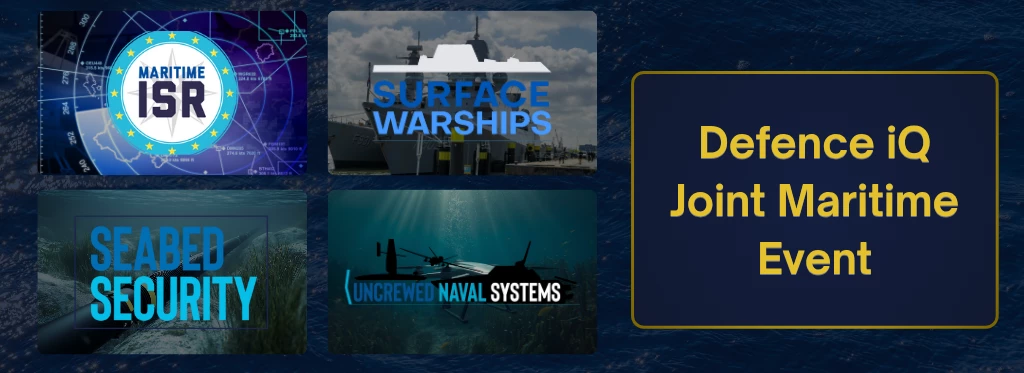High Speed Vessels: The Future of Naval Logistics
Add bookmarkIntroduction
With three-quarters of the planet covered by water; the most dynamically developing region, Asia Pacific (APAC), both in terms of economy and military strength, spread across the Pacific Ocean; and the intense situation in the region over the North Korean nuclear program and intensive armaments efforts of China, military planners need to be prepared for the potential worst-case scenario. Undoubtedly, due to geographical conditions of the region, any military operation in APAC will have to contain a substantial naval logistic component. In this context, one of the most essential issues for decision-makers and commanders is to sustain military operations in a more cost-effective and efficient way, whilst improving mission responsiveness. Due to the fact that currently every military branch, including the Navy, has to navigate within the framework of defence budget constraints and time pressure, the following Market Insight provides a brief analysis of the U.S. Joint High-Speed Vessel (JHSV) concept as a potential (though partial) solution to naval logistics challenges in the APAC region.
The JHSV is a joint programme of the U.S. Army, Navy and Marine Corps to sustain a fast and efficient sea transport for troops and equipment. With an aim to provide an intra-theatre logistics solution, the decision-makers at the Pentagon chose a low-cost, commercial off-the-shelf platform offered by Austal, an Australian-based shipbuilding company. The JHSV is a versatile, modular, aluminium catamaran-style hull. The main advantage of the multihulls vessel is a substantially larger deck area compared to a monohull ship, increased transverse stability, and higher average speed.
[inlinead]






















